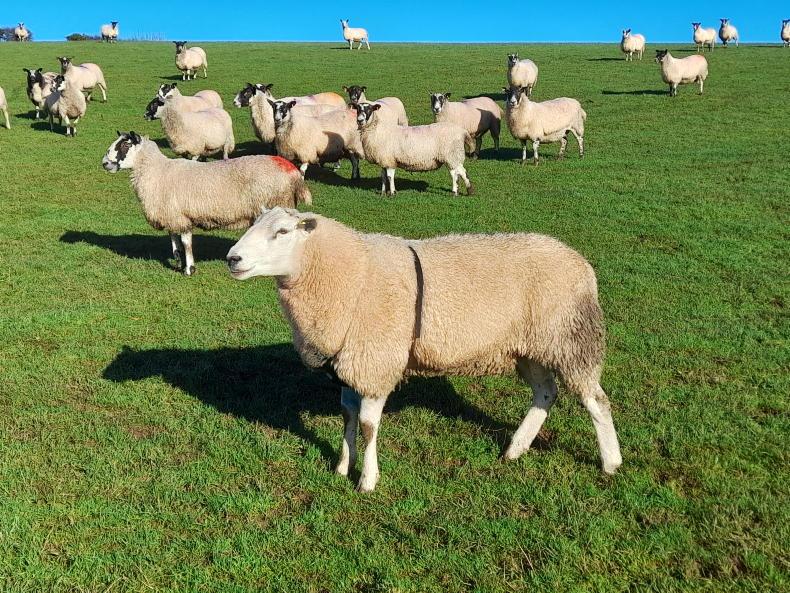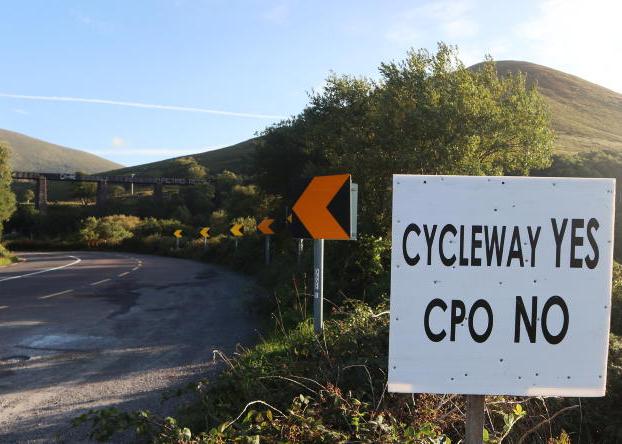Nationally, on lowland flocks, only 1.3 lambs are reared per ewe joined.
The Belclare breed emerged from the sheep genetics programme that was established by The Agricultural Institute (Teagasc) in the 1960s. The specific objective of that programme was to “combine the desirable features” of animals “with useful characteristics” into a new strain “so that it is uniform and highly productive”.
Twenty years later, Belclare rams were released to commercial farmers. Belclare sheep are proven to be productive, increasing the number of lambs reared per ewe joined (mean litter size of pedigree Belclare flocks is 2.1 lambs).
Belclare sheep are noted for docility, mothering ability and milk yield. Belclare lambs are vigorous at birth and are quick to stand and suckle their dam.
Data from the National Farm Survey shows that the population of Belclare-cross ewes in the national flock has doubled in the last 10 years.
Belclare sheep are now celebrating their 40th anniversary. The Belclare stand is located in the NSBA tunnel. The Belclare stand will be manned by Belclare Sheep Society members who look forward to discussing the merits of the breed with you.
Patrons are invited to come and see a mixture of pedigree sheep and the progeny from Belclare rams and commercial ewes.
A number of testimonials from farmers who use Belclare rams will also be available.
The Belclare Sheep Society is currently organising a sale of pedigree in-lamb ewes at Tullamore Mart on 29 October.
Remaining ram sales will be in Roscommon and Blessington Marts on 24 September.
Nationally, on lowland flocks, only 1.3 lambs are reared per ewe joined.
The Belclare breed emerged from the sheep genetics programme that was established by The Agricultural Institute (Teagasc) in the 1960s. The specific objective of that programme was to “combine the desirable features” of animals “with useful characteristics” into a new strain “so that it is uniform and highly productive”.
Twenty years later, Belclare rams were released to commercial farmers. Belclare sheep are proven to be productive, increasing the number of lambs reared per ewe joined (mean litter size of pedigree Belclare flocks is 2.1 lambs).
Belclare sheep are noted for docility, mothering ability and milk yield. Belclare lambs are vigorous at birth and are quick to stand and suckle their dam.
Data from the National Farm Survey shows that the population of Belclare-cross ewes in the national flock has doubled in the last 10 years.
Belclare sheep are now celebrating their 40th anniversary. The Belclare stand is located in the NSBA tunnel. The Belclare stand will be manned by Belclare Sheep Society members who look forward to discussing the merits of the breed with you.
Patrons are invited to come and see a mixture of pedigree sheep and the progeny from Belclare rams and commercial ewes.
A number of testimonials from farmers who use Belclare rams will also be available.
The Belclare Sheep Society is currently organising a sale of pedigree in-lamb ewes at Tullamore Mart on 29 October.
Remaining ram sales will be in Roscommon and Blessington Marts on 24 September.










SHARING OPTIONS